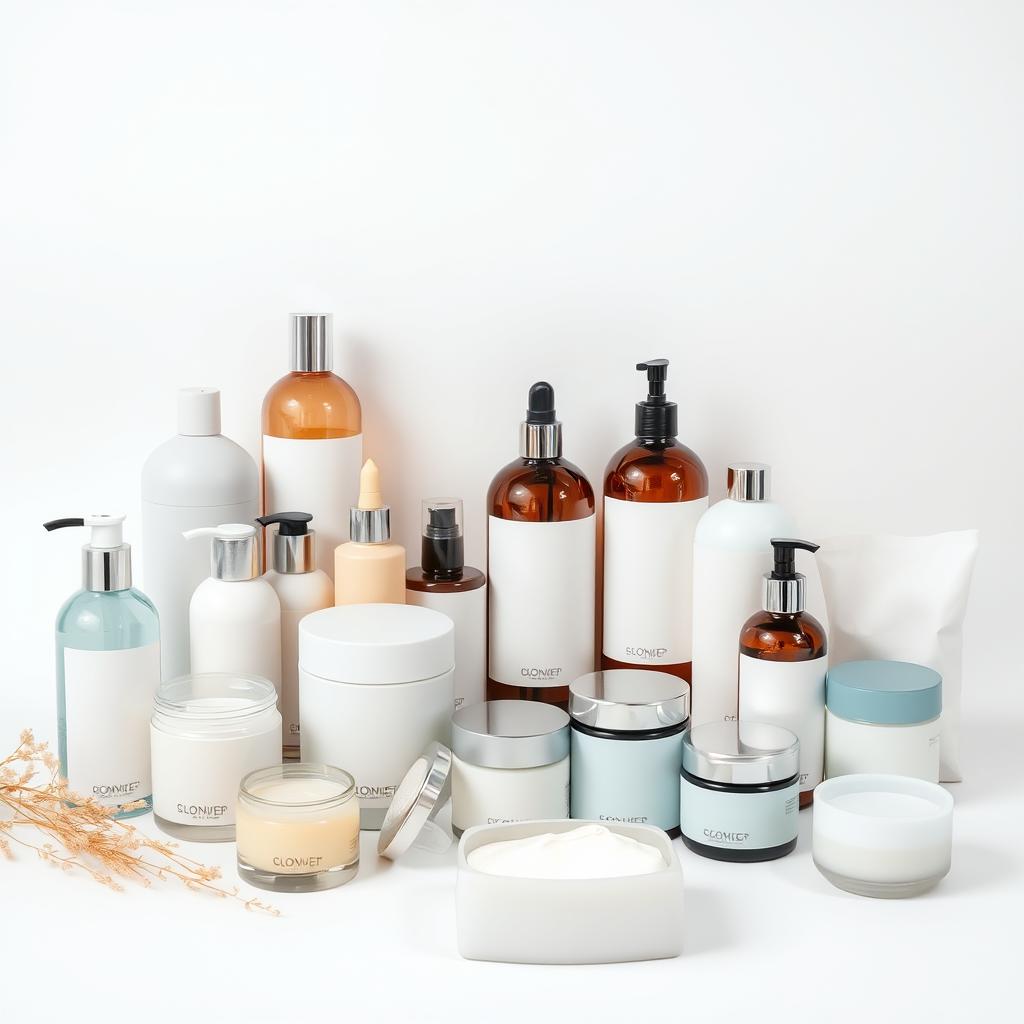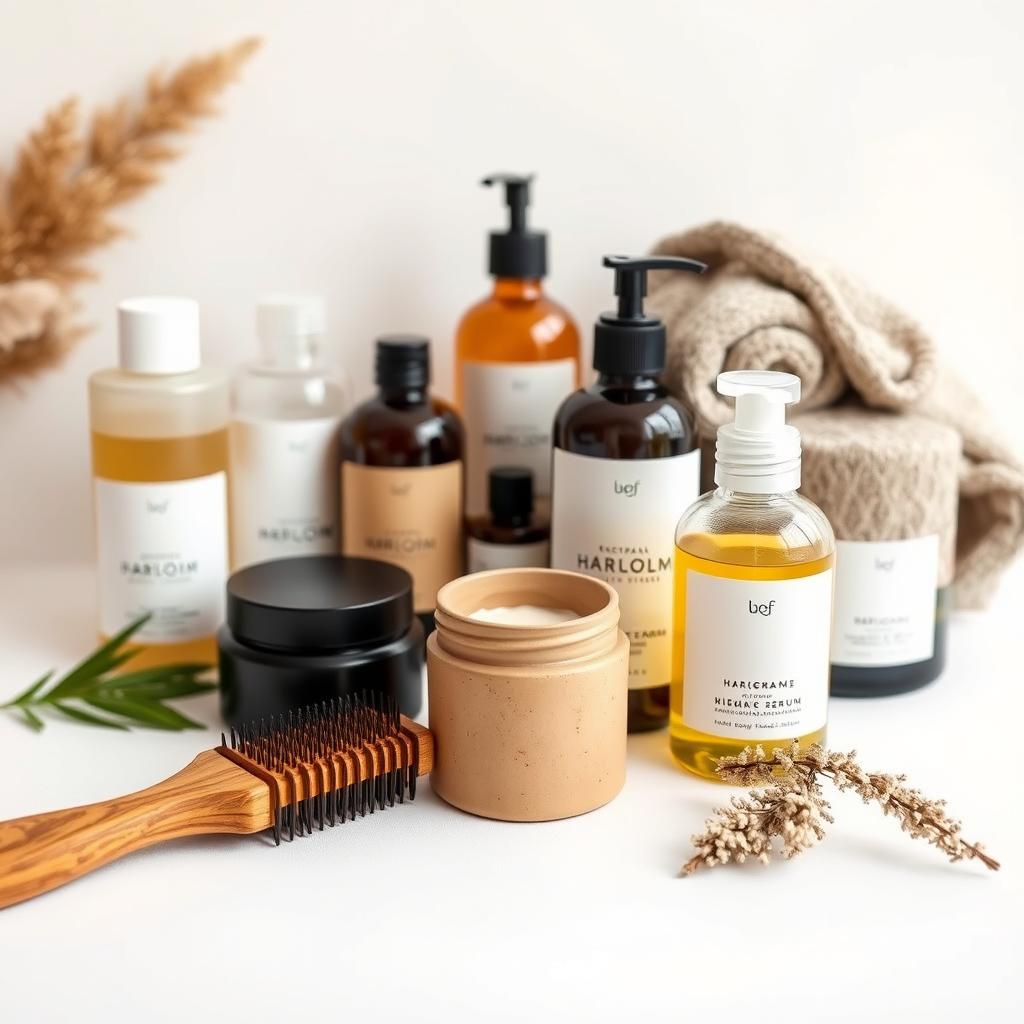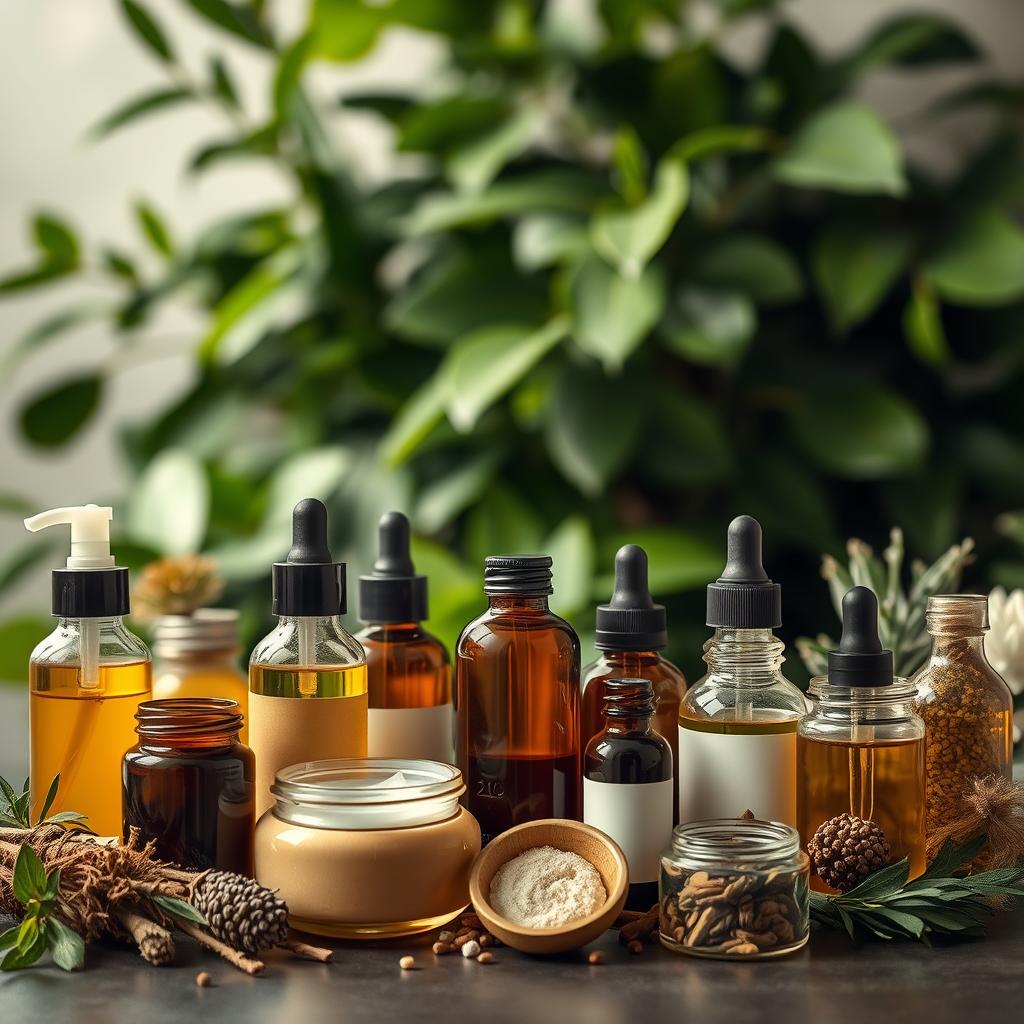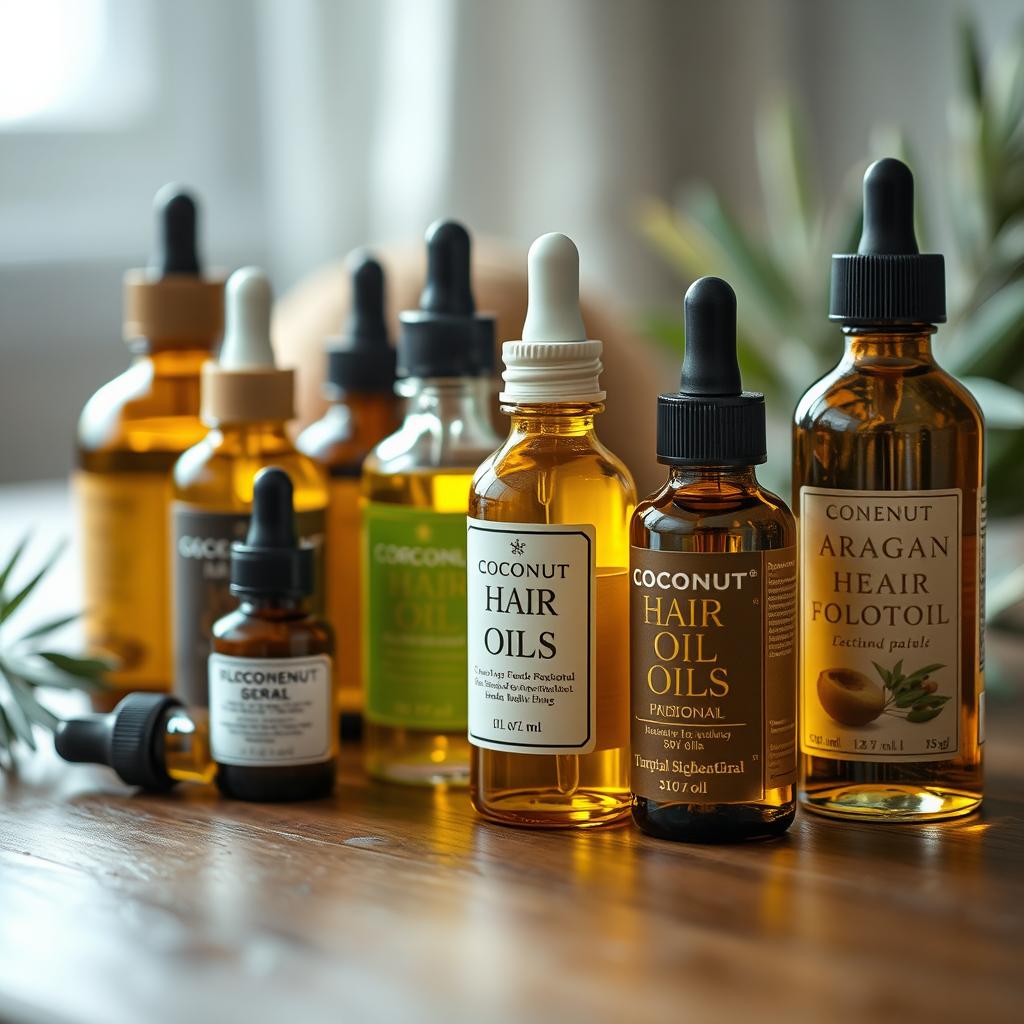We’ve all been there – dealing with dry, brittle hair that just won’t cooperate. But what if you could restore your locks to their former glory? Damaged hair can be a real challenge, but with the right haircare secrets, you can repair and rejuvenate your tresses.
Understanding the causes of hair damage is the first step towards achieving healthy, vibrant hair. From excessive heat styling to environmental stressors, there are many factors that can impact your hair’s health. By implementing effective haircare routines and treatments, you can start to repair and restore your hair’s natural shine.
Key Takeaways
- Understand the causes of hair damage to prevent further harm.
- Use gentle haircare products suitable for your hair type.
- Implement regular hair treatments to nourish and repair your hair.
- Minimize heat styling to reduce damage.
- Protect your hair from environmental stressors.
Understanding Hair Damage: The First Step to Recovery
To fix damaged hair, we must first know what’s causing it. Many things can damage hair, so finding the cause is key. This way, we can use the right haircare and treatment.
Common Causes of Hair Damage
Hair damage comes from several sources. Knowing these causes helps prevent more damage and starts the recovery.
Environmental Factors
Sun, wind, and pollution can harm your hair. They cause dryness, brittleness, and breakage. It’s important to protect your hair from these stressors to keep it healthy.
Chemical Treatments
Chemicals like coloring, bleaching, and perming can weaken hair. Being careful with these treatments and using the right products can help reduce damage.
Heat Styling
Using heat styling tools often can dry out your hair. This leads to dry, damaged hair. Using a heat protectant is helpful, but giving your hair a break from heat is also important.
Signs Your Hair Needs Repair
How do you know if your hair is damaged? Look out for certain signs.
Visual Indicators
Damaged hair looks dull, frizzy, or brittle. You might see split ends or breaks.
Texture Changes
Damaged hair feels rough or straw-like. It may also tangle or knot easily. Spotting these signs early helps you take the right steps with haircare and treatment.
The Science Behind Healthy Hair: Structure and Needs
Understanding healthy hair is key to a good haircare routine. Knowing about hair structure and growth helps you make better choices for your hair.
Hair Anatomy 101
Hair has several layers, each important for its health. Let’s look at the main parts:
Cuticle, Cortex, and Medulla
The cuticle is the outer layer, protecting the hair. Underneath is the cortex, which has melanin and gives strength and flexibility. The medulla, the innermost layer, is not always there in every hair type.
Hair Growth Cycle
Hair grows in cycles: anagen (growth), catagen (transitional), and telogen (resting). Knowing these cycles helps you create a haircare routine that supports growth.
How Damage Affects Hair at a Microscopic Level
Damage to hair often starts with the cuticle layer, leading to moisture loss. At a small scale, damage can cause hair shaft cracks. This affects hair strength and look. Knowing how damage happens helps prevent it and keep hair healthy.
Modern Haircare Approaches for Damaged Locks

Damaged hair is no longer a lost cause, thanks to new haircare treatments and products. We now have many options to find the right solution for our hair.
Evolution of Haircare Treatments
The haircare industry has grown a lot. It has moved from simple shampoos and conditioners to complex treatments. Professional haircare products now offer deep repair, nourishing masks, and protective serums. These new products help fix different hair problems, like dryness, breakage, color damage, and frizz.
Balancing Natural and Commercial Solutions
Many people use natural haircare products alongside commercial ones. Natural ingredients like coconut oil, argan oil, and shea butter are great for hair. But, it’s important to mix natural remedies with commercial products for the best results.
For example, using a natural hair mask once a week and then a commercial leave-in conditioner can be very effective. The goal is to find the right mix for our hair type and needs.
Secret #1: Protein Treatments – The Building Blocks for Hair Repair
Protein treatments are a game-changer for damaged hair. They offer a repair solution that’s both effective and easy to get. When hair is damaged, the protein structure is broken, leading to breakage and frizz. By adding protein treatments to your haircare routine, you can restore your hair’s strength and vitality.
DIY Protein Treatments You Can Make at Home
Making your own protein treatments at home is fun and rewarding. Here are a couple of simple recipes to get you started:
Egg and Yogurt Masks
Mix 1 egg with 2 tablespoons of plain yogurt and a tablespoon of honey. Apply the mask to your hair and leave it on for 15-20 minutes before rinsing. The egg’s protein, combined with the yogurt’s lactic acid, repairs and nourishes damaged hair.
Gelatin and Rice Water Treatments
Combine 1 tablespoon of unflavored gelatin with 1 cup of rice water (the water left after rinsing rice). Apply the mixture to your hair and leave it on for 10-15 minutes. Gelatin is rich in protein, while rice water contains inositol, which repairs and protects hair.
| Ingredient | Benefits |
|---|---|
| Egg | Rich in protein to repair damaged hair |
| Yogurt | Contains lactic acid to nourish and moisturize hair |
| Gelatin | High in protein to strengthen hair |
| Rice Water | Contains inositol to repair and protect hair |
Professional Protein Products Worth Investing In
While DIY treatments are effective, professional protein products offer a more concentrated solution. Look for products with keratin, collagen, or silk amino acids. These ingredients are known for their hair repair properties.
Some top-rated professional protein products include:
- Aveda Damage Remedy Intensive Restructuring Treatment
- Redken Extreme Strength Builder Plus
- Bumble and bumble Hairdresser’s Invisible Oil
Secret #2: Essential Oils and Natural Remedies for Deep Conditioning
Discover the power of nature for your hair with essential oils! These oils are a natural way to deep condition and restore your hair’s health. We’ll explore how to use them to promote healthy hair and scalp.
Top 5 Essential Oils for Hair Restoration
Some essential oils are great for hair health. Let’s look at the top 5 essential oils for hair restoration.
Rosemary and Lavender Oils
Rosemary oil helps hair grow, while lavender oil keeps the scalp healthy. They work together for hair restoration.
Argan, Jojoba, and Coconut Oils
Argan oil moisturizes, jojoba oil balances, and coconut oil nourishes your hair. These oils are perfect for deep conditioning.
Application Methods
You can use these oils alone or mix them. Just apply a few drops to your scalp, massage, and leave on for at least an hour before washing.
How to Create an Effective Oil Treatment Routine
To get the most from essential oils, be consistent. Try to do an oil treatment once or twice a week. Be patient and see how your hair responds!
By using the right essential oils and a consistent routine, you’ll get healthier, shinier hair. Start your natural haircare journey today!
Secret #3: The Power of Proper Haircare Routine and Products

A good haircare routine is key to healthy, shiny hair. It’s not just about the right products. It’s also about being consistent and knowing what your hair needs.
Building a Damage-Repair Routine
To repair damage, first understand your hair type and its needs. A good routine has both morning and evening steps.
Morning Routine Components
- Gentle cleansing to remove overnight buildup
- A nourishing serum or oil to protect your hair from daily environmental stressors
- A wide-tooth comb or a detangling brush to minimize breakage
Evening Routine Components
- A deep cleansing shampoo to remove dirt and product buildup
- A hydrating mask or deep conditioner to repair and moisturize your hair
- A microfiber towel or an old t-shirt to gently blot excess water
Choosing Products for Your Specific Hair Type
The right products are crucial for your haircare routine. Here are tips for different hair types:
For Fine, Damaged Hair
Choose lightweight, sulfate-free shampoos and conditioners. Use a hydrating mask once a week to add moisture without weighing your hair down.
For Thick, Coarse Damaged Hair
Opt for rich, moisturizing products that can penetrate thick hair. Consider using a leave-in conditioner or a hair oil to keep your hair manageable.
For Curly, Damaged Hair
Use gentle, sulfate-free cleansers and rich moisturizers. A curl activator or a curl enhancer can help define curls while providing moisture.
By tailoring your haircare routine and choosing the right products, you can significantly improve the health and appearance of your hair.
Secret #4: Nutrition and Hydration – Healing Hair from Within
Healing hair starts with a balanced diet and staying hydrated. Eating the right foods and drinking enough water helps hair grow strong and healthy.
Hair-Healthy Foods to Include in Your Diet
A diet full of essential nutrients is key for hair health.
Protein-Rich Foods
Protein is vital for hair. Eat foods like salmon, eggs, and Greek yogurt to help hair grow.
Vitamin and Mineral Sources
Vitamins and minerals, like biotin, vitamin E, and iron, are important for hair. Spinach, almonds, and sweet potatoes are good sources.
Omega-Rich Foods
Omega-3 fatty acids in walnuts and flaxseeds nourish your scalp and promote healthy hair.
Supplements That Support Hair Restoration
Some supplements can also help with hair health.
Biotin and Collagen
Biotin and collagen supplements strengthen hair and improve its texture. They help the hair grow naturally.
Vitamin Complexes
Vitamin complexes, especially B and C vitamins, fill diet gaps. They support hair health overall.
Secret #5: Heat Protection and Styling Alternatives
Heat styling can harm your hair, making it dry and brittle. But, there are ways to protect it. Using heat tools too much can make your hair weak and dull.
Heat-Free Styling Techniques
Choosing not to use heat can greatly benefit damaged hair. It helps your hair stay healthy and shiny. Plus, it reduces the risk of more damage.
Overnight Styling Methods
Try braiding or twisting your hair before bed for a stunning look in the morning. You can also use large rollers or flexi rods for curls without heat.
Air-Drying Techniques
Air-drying is a smart choice instead of heat styling. Just towel-dry your hair until it’s damp. Then, apply a leave-in conditioner or styling product to enhance your natural texture.
Must-Have Heat Protectants When Styling Is Necessary
If you must use heat styling tools, use a heat protectant. These products shield your hair from heat damage. They create a barrier between your hair and the heat.
Ingredients to Look For
- Antioxidants like vitamin E
- Plant extracts such as green tea or chamomile
- Silicone-based ingredients for added protection
Application Tips
Apply a heat protectant spray or serum to damp hair before styling. Focus on the ends, which are most vulnerable. For extra protection, use a heat protectant with a built-in styling product.
Secret #6: Scalp Care – The Foundation of Healthy Hair Growth
Scalp care is more than just a haircare step. It’s the key to growing strong, healthy hair. By taking care of your scalp, you’re setting the stage for better hair.
Exfoliation and Massage Techniques
Exfoliating your scalp is like a gentle face scrub. It gets rid of dead skin and opens up pores. This helps your hair grow better.
Balancing Scalp pH for Optimal Hair Health
Keeping your scalp’s pH balanced is very important. If it’s off, it can cause irritation and slow down hair growth.
Natural pH Balancers
Apple cider vinegar is great for balancing your scalp’s pH. Mix it with water as a final rinse after shampooing. It helps get your scalp back to its natural state.
Signs of pH Imbalance
If your scalp is itchy, red, or flaky, it might be off balance. Catching these signs early can help prevent hair growth problems.
Now, let’s see how different things can affect your scalp and hair:
| Factor | Effect on Scalp | Impact on Hair Growth |
|---|---|---|
| Exfoliation | Removes dead skin cells | Promotes healthy growth |
| pH Balance | Prevents irritation | Supports growth environment |
| Massage | Increases blood flow | Stimulates hair follicles |
Secret #7: Trimming and Maintenance Strategies
Damaged hair needs careful trimming and maintenance. This helps prevent more breakage and encourages healthy growth. Trimming is more than just cutting off damaged ends. It’s key to keeping your hair healthy.
When and How to Trim Damaged Ends
Trimming damaged ends is crucial, but timing matters. For very damaged hair, trim every 6-8 weeks. Here’s how to trim:
| Trimming Method | Description | Best For |
|---|---|---|
| Dusting | A precise trim that removes only the damaged tips | Maintaining length while removing damage |
| Traditional Trims | A more substantial cut to reshape the hair | Severely damaged hair or changing styles |
Dusting vs. Traditional Trims
Dusting is great for keeping your hair long while removing damage. Traditional trims are better for a big change or a new style.
Self-Trimming Techniques
Self-trimming can save money. Use sharp hair scissors and follow your hair’s natural shape to avoid uneven ends.
Protective Styles That Prevent Further Damage
Protective styles help prevent hair damage. Here are some good ones:
- Low-Manipulation Styles: Braids, buns, and twists that keep hair tucked away and protected.
- Nighttime Protection Methods: Using silk or satin pillowcases and covering your hair with a scarf or bonnet to reduce friction.
Low-Manipulation Styles
Styles like braids and buns are stylish and protective. They reduce daily styling, which can harm your hair.
Nighttime Protection Methods
Using a silk or satin pillowcase can greatly reduce friction and prevent breakage at night. Covering your hair also keeps it clean and safe.
Integrating These Secrets: Creating Your Personalized Haircare Plan
Now that we’ve uncovered the secrets to fixing damaged hair, it’s time to create a plan just for you. Every person’s hair is different, needing a custom haircare routine. By knowing what your hair needs and its challenges, you can make a routine that makes your hair look its best.
For Severely Damaged Hair
If your hair is badly damaged, start with gentle, nourishing treatments. Begin with a deep conditioning treatment once a week. Use a product full of proteins and moisturizers. For styling, choose methods without heat or use a heat protectant spray to lessen damage.
- Use a wide-tooth comb to detangle hair gently
- Avoid harsh chemical treatments
- Keep your hair tied up to reduce breakage
For Moderately Damaged Hair
For hair that’s moderately damaged, find a balance. Keep up with protein treatments and moisturizing masks. Also, use a leave-in conditioner or hair serum to keep moisture in. Always apply a heat protectant when using heat styling tools.
- Trim your hair regularly to prevent split ends
- Use a hydrating shampoo and conditioner
- Protect your hair from the sun with a hat or hair product with SPF
For Preventative Care
To prevent damage, build a strong haircare foundation. Use a gentle, sulfate-free shampoo and a nourishing conditioner. Add a weekly hair mask or deep conditioning treatment to keep your hair healthy and strong.
- Be gentle when towel-drying your hair
- Avoid excessive heat styling
- Use a microfiber towel or an old t-shirt to dry your hair
By following these tips and tailoring your haircare routine, you’ll get healthier, shinier hair. Remember, the secret to a great haircare plan is being consistent and patient!
Conclusion: Your Journey to Healthier, Shinier Hair
We’ve looked at seven proven haircare secrets to fix damaged hair and bring back its natural shine. By knowing how hair gets damaged and using the right haircare, you can get the healthy, shiny hair you dream of.
To start, add haircare essentials like protein treatments, essential oils, and heat protectants to your daily routine. With regular care and attention, you’ll soon have healthy hair that’s full of life and shine.
Remember, getting shiny hair is a journey that needs patience, dedication, and the right advice. By following these haircare secrets and tips, you’ll be on your way to a luscious, vibrant mane that turns heads!


